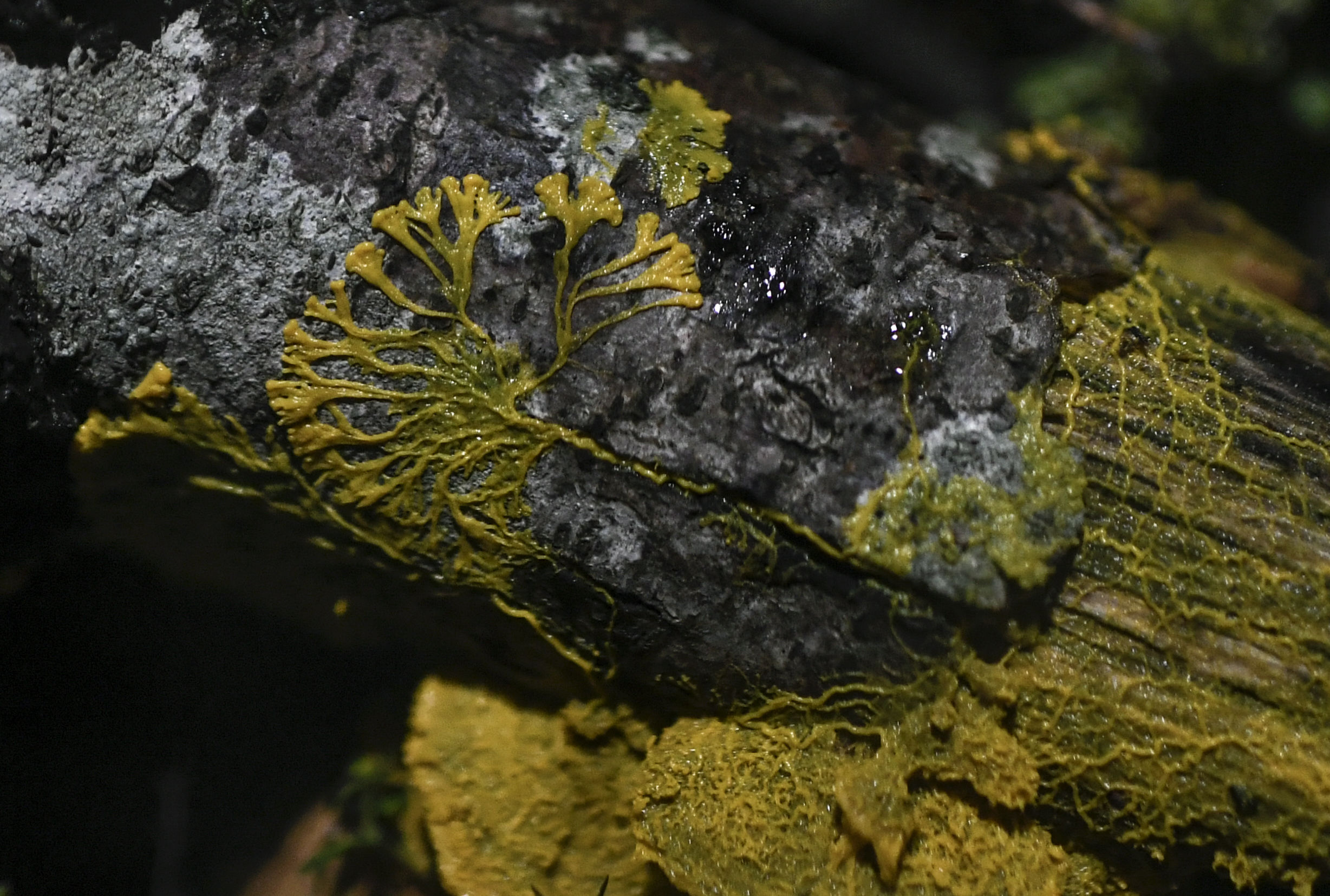Create a free profile to get unlimited access to exclusive videos, sweepstakes, and more!
‘Le Blob’ lives! French zoo touts brainless slime with 720 sexes & self-healing powers

Well, y’all can just go ahead and keep this bad boy on the other side of the ocean. In an announcement that literally takes its inspiration straight from the pages of classic science fiction, a French zoo is about to show off its latest skin-crawling acquisition: a hybrid organism that thinks without a brain, relentlessly goes after its prey, merges with others of its kind, possesses a kaleidoscoping myriad of sex traits, and knows how to heal itself when “injured.”
French scientists have named the green-yellow slimy stuff “the blob” as an homage to the classic 1958 sci-fi movie, according to Reuters, and like its creepy cinematic forebears, it appears to have a will of its own. Grown in a lab on a breakfast-y diet of oatmeal, it can spread nearly 2 inches per hour, and if you cut it in half — well, it only takes about two minutes for it to repair itself.
In defiance of the fact that this self-propagating unicellular organism lacks anything as sophisticated as a brain — not to mention a nervous system, a stomach, or sensory organs like eyes — “Le Blob” — as the Paris Zoological Museum is touting the substance for an upcoming showcase — has an instinct for detecting and going after its food. How can it do that without legs? By spreading in the direction where the food is. Scariest of all (and remember — no brain!), if two of these things get together, they merge, absorbing each other’s “knowledge” in the process.“The blob is a living being which belongs to one of nature’s mysteries”, Bruno David, director of the Paris Museum of Natural History, explained to Reuters. “It surprises us because it has no brain but is able to learn (...) and if you merge two blobs, the one that has learned will transmit its knowledge to the other.”
Via C|net, the blob isn’t a new discovery; in fact, researchers already have given it a name (Physarum polycephalum, or “many headed slime”), and it’s actually a comparatively enormous slime mold that belongs to the Protista kingdom of eukaryotes — that is, membrane-bound cellular organisms that, unlike their prokaryotic cousins, contain nuclei. In part because protists differ vastly beyond their basic classifying definitions, though, researchers still aren’t in full agreement over how to refine the blob’s classification much beyond that.
“It's easiest to think of slime molds as enormous amoebas,” slime mold researcher Tanya Latty of the University of Sydney helpfully told C|net. And as for those 720 sexes, well — it’s more a matter of behavior than anatomy. “They're not really sexes, they are mating types,” Latty explained. “Whether or not a slime mold can mate with another slime mold depends on its mating type which is determined by particular genes.”
For those of us who’ve seen the movie version of the blob, we’d be just fine if this thing never mated again at all. But if you happen to be in Paris and you don’t harbor any sci-fi-fueled nightmare fantasies about everything that can go wrong when people congregate around a freaky, poorly-understood substance that looks like alien ooze, you can go and see it for yourself. “Le Blob” goes on display this Saturday at the Paris Zoological Park.


























